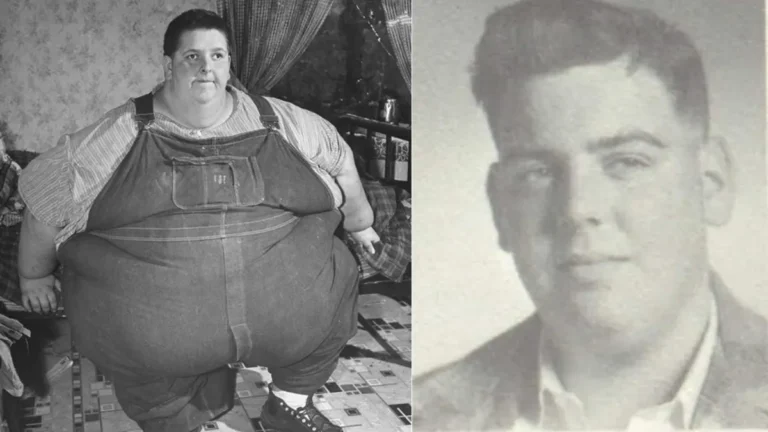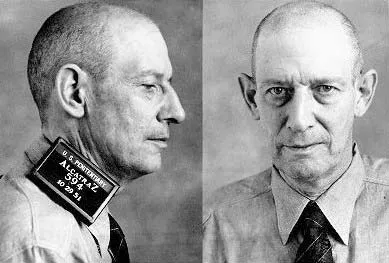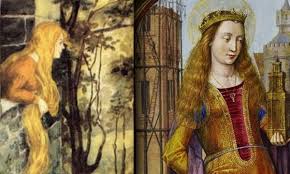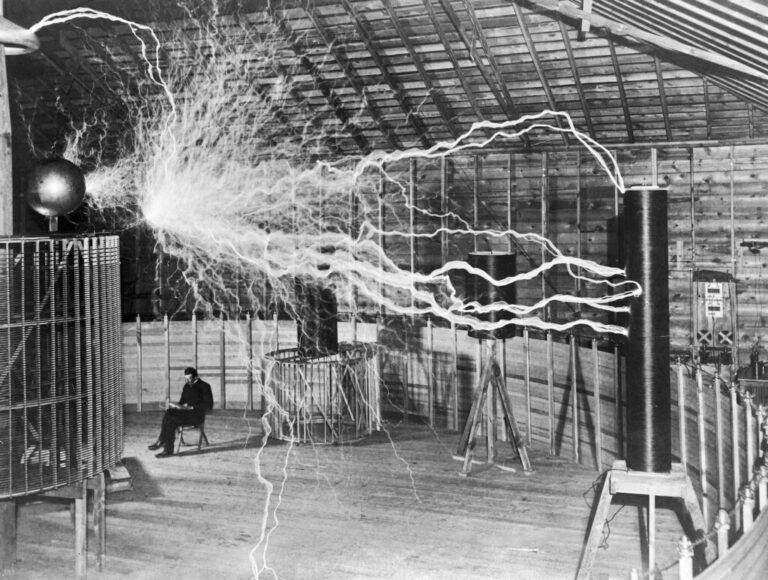Unveiling the Sin-Eaters: Medieval Rituals and Practices
The practice of sin-eating in medieval times remains one of the most curious and enigmatic rituals of the period. This practice, which revolved around a unique form of ritualistic cleansing, has intrigued historians and scholars for centuries. In this article, we will delve into the role of sin-eaters, their rituals, and the cultural significance they held in medieval society. We will also explore their legacy and modern perceptions to understand the full impact of this fascinating tradition.
The Role of Sin-Eaters in Medieval Society
In medieval Europe, sin-eaters were individuals who performed a specific role in the community, usually in the context of funerary rites. Their primary function was to consume a meal placed on the deceased’s body or grave, thereby absorbing the sins of the departed. This ritual was believed to cleanse the deceased of their earthly sins and ensure a peaceful transition to the afterlife.
Sin-eaters were often marginalized figures, living on the fringes of society. They were typically seen as necessary yet unsavory, performing a service that was crucial for the spiritual well-being of the deceased and their families. Despite their role, sin-eaters were usually treated with a degree of disdain, reflecting the complex relationship medieval society had with death and sin.
Social Status and Perception

The social status of sin-eaters was complex. On one hand, they were essential to the community’s religious practices, yet on the other hand, they were often shunned. This duality is evident in historical records and anecdotes:
“Sin-eaters were both a blessing and a curse in medieval communities, embodying the paradox of spiritual necessity and societal ostracism.”
This paradox highlights the uneasy coexistence of the sacred and the profane in medieval times.
The Sin-Eating Ritual
The ritual of sin-eating involved several specific practices. A meal, often consisting of bread and ale, was placed on the body of the deceased or on a grave. The sin-eater would then consume this meal in the belief that they were taking on the deceased’s sins. This act was meant to provide the deceased with a clear path to the afterlife.
Ritual Practices:
- Preparation of the Meal: The meal was prepared with particular care, as it was believed to carry the weight of the deceased’s sins.
- Consumption of the Meal: The sin-eater would consume the meal in a ritualistic manner, often accompanied by prayers or incantations.
- Ceremonial Aspects: The ritual was often conducted at night and involved specific ceremonial practices, which varied by region.
Symbolism and Beliefs
The symbolism behind the sin-eating ritual was deeply rooted in medieval beliefs about sin and redemption. It was thought that by consuming the meal, the sin-eater was not only taking on the sins of the deceased but also performing an act of spiritual intercession. This practice underscored the medieval belief in the power of physical acts to influence spiritual outcomes.
Case Studies and Notable Sin-Eaters
Several historical figures stand out in the study of sin-eating. These case studies provide insight into how the practice was carried out and perceived in different regions.
Notable Sin-Eaters
| Name | Region | Significance |
|---|---|---|
| Richard Munslow | England | One of the few named sin-eaters whose practice was documented. |
| John William | Wales | Known for his detailed account of the sin-eating ritual. |
These figures highlight the localized nature of sin-eating practices and the variations in how they were perceived and performed.
The Decline of Sin-Eating Practices
The decline of sin-eating practices can be attributed to several factors. As Christianity evolved, the Church’s influence on local customs and practices grew, leading to the gradual phasing out of sin-eating. The rise of more standardized and less superstitious forms of religious practice also contributed to the decline.
Factors in Decline:
- Church Reforms: The Church began to centralize and standardize religious practices, reducing the role of local rituals like sin-eating.
- Changing Beliefs: As medieval society moved towards the Renaissance, changing attitudes towards death and sin led to the abandonment of such practices.
Sin-Eaters in Popular Culture
Sin-eaters have occasionally appeared in popular culture, often portrayed in literature and film. These representations often emphasize the mysterious and eerie aspects of the practice, reflecting the fascination and horror that surround historical customs.
Examples in Media
- Literature: Sin-eaters are featured in various gothic novels and historical fiction, often depicted as haunting figures.
- Film and Television: Modern portrayals in film and TV shows highlight the ritualistic and supernatural elements of sin-eating.
Legacy and Modern Perceptions
Today, the practice of sin-eating is largely forgotten, but its legacy persists in the form of folklore and historical curiosity. Modern perceptions of sin-eating often focus on its symbolic significance and the insight it provides into medieval attitudes towards death and sin.
Modern Views:
- Historical Interest: Scholars and enthusiasts continue to study sin-eating as a way to understand medieval beliefs and practices.
- Cultural Curiosity: The practice remains a topic of interest for those fascinated by unusual historical customs.
Meta Description: Discover the intriguing history of medieval sin-eaters—explore their roles, rituals, and symbolic meanings, and learn about their legacy in modern culture.
References:
- https://www.historydefined.net






